
The World Heritage Committee sitting at its 30th session in Vilnius, Lithuania, has approved the inscription of the Stone Circles of the Senegambia in the World Heritage List. This is The Gambia’s second inscription in the prestigious list which constitute cultural and natural sites of outstanding universal value which form the common heritage of humankind, and whose protection is the obligation of the international community as a whole. The Gambia obtained its first inscription under James Island and Related Sites in 2003.
In recognizing the universal significance of the Stone Circles, the World Heritage Committee cited the fulfillment of criteria I and III of the World Heritage Convention’s conditions for inscription in the World Heritage List, noting that:
Criterion I. The finely worked individual stones display precise and skilful stone working practices and contribute to the imposing order and grandeur of the overall stone circles complex.
Criterion III. The nominated stone circles, represent the wider megalithic zone, in which the survival of so many circles is a unique manifestation of construction and funerary practices which persisted for over a millennia across a sweep of landscape, and reflects a sophisticated and productive society.
It will be recalled that the stone circles complex is a trans-border phenomena which extends/radiates from the River Gambia north to the River Saloum in Senegal. In December 2004 the National Council for Arts and Culture spearheaded a workshop which brought together Gambian and Senegalese heritage officials with a view to harmonizing/synchronizing a World Heritage Nomination dossier and developing a management plan for the circles. From the workshop the most representative sites in Gambia (Wassu and Kerbatch) and Senegal (Sine Ngayen and Wanar) were identified for nomination. These are the sites that have now been inscribed in the World Heritage List.
It is to be noted that megalithic phenomena is widespread in the world and is manifested in various configurations and sizes and served diverse functions over a long period of human history. Some studies have asserted that there are links between megalithic phenomena worldwide, but no functional relationship has been scientifically established between these cultures which are often separated by more than 5000Km.
Although the stone circles are smaller in dimension than their counterparts at Stonehenge in the UK, or Carnac in France, the presence of such a large number of stones in a delimited space is found nowhere else in the world. The Senegambian complex comprises 1053 stone circles with upto 52 circles on a single site, and not only a few isolated circles as found in Europe or other parts of the world.
Many questions continue to be asked about the significance of the circles, their purpose, or who built them. What is certain is that they are burial grounds. The burials are either single or multiple. Grave goods, as in the objects interred with the body, consist of body adornment limited to a bracelet on the wrist; and the individual is buried with a weapon, usually a spear. Some pottery are also found, usually upside down. The burials appear to be pre-islamic in nature. On the whole the stone circles testify to a highly sophisticated and organized society with an early knowledge of iron-working, and a belief in life after death. As the burial goods continue to be extant and in use in the vicinities in which they are found, there is no need to look elsewhere for the circle builders.
The NCAC would like to take this opportunity to thank all individuals and institutions who assisted in the nomination process, including the villagers around the sites who have for long realized the importance of this invaluable legacy and have done so much to conserve them. Special thanks is extended to the Africa 2009 Programme for the Conservation of Immovable Cultural Heritage in Sub-Saharan Africa for assisting in the process as well as providing training opportunities for the staff who have day to day responsibility for the circles, both in The Gambia and Senegal.





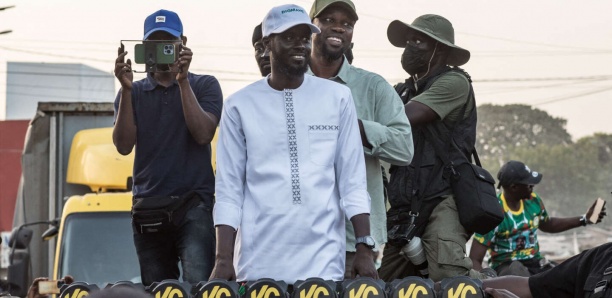
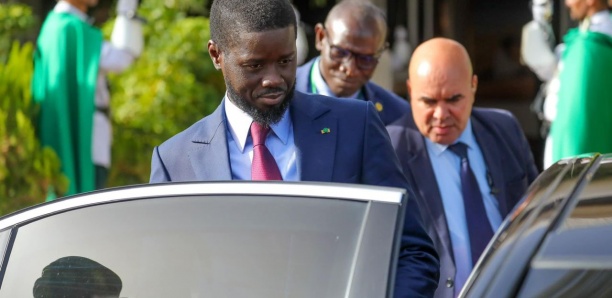
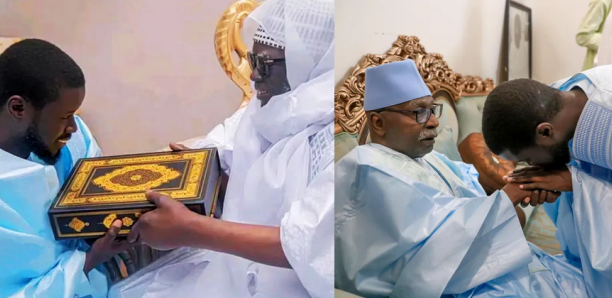


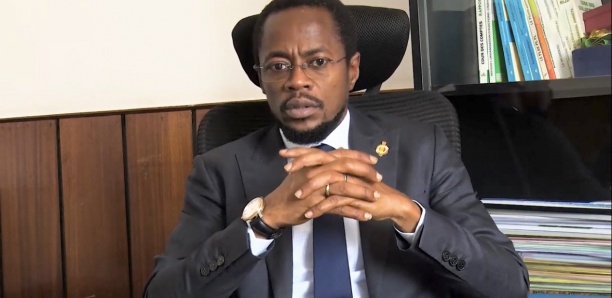




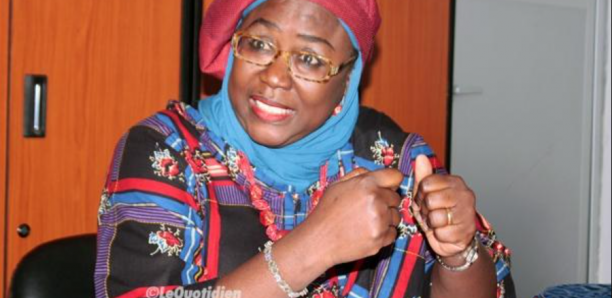






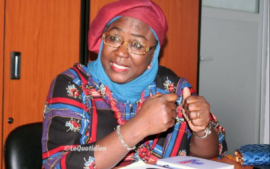

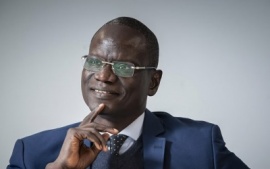





1 Commentaires
Allons Y Molo
En Octobre, 2010 (18:36 PM)Participer à la Discussion